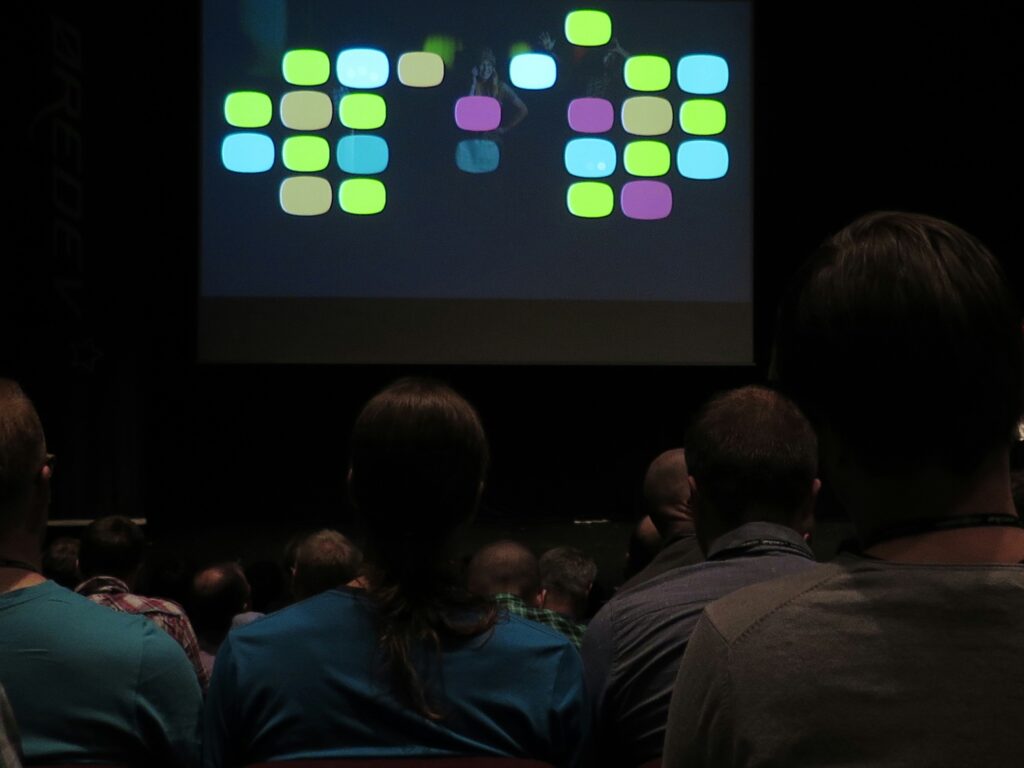Why Engagement is the Metric That Matters
Not all views are created equal. A passive view—someone watching 10 seconds and scrolling on—isn’t worth much anymore. Platforms are getting smarter, and so are audiences. What they both want now is engagement: comments, clicks, shares, saves, and replies. Active participation means a viewer didn’t just glance—they cared enough to interact.
Algorithms watch for these signals. The more your content sparks conversation and action, the more the system pushes it out. It’s not about going viral once—it’s about being part of your viewers’ behavior loop. If they’re tapping, asking questions, voting in a poll, or reacting with a response, the algorithm notices.
And let’s be real: attention spans are tanking. If you’re not engaging people in the first 5–10 seconds, you’re losing them. Interaction isn’t just a bonus; it’s what keeps them around. It pulls them out of scroll mode and into your world. In 2024, participation isn’t optional—it’s the difference between being seen and being ignored.
What Counts as Interactive Content
Interactive content isn’t complicated—it’s about putting the viewer in the driver’s seat. Simple tools like quizzes, polls, and sliders keep audiences tapping, clicking, and staying present. Live Q&As offer real-time connection, allowing viewers to shape the direction of the content as it unfolds. These moments aren’t just flash; they prompt real, measurable engagement.
Then there’s interactive video. Think branching story paths and embedded calls to action. This isn’t just lean-back viewing; it’s storytelling with choices. Whether it’s selecting how the plot unfolds or clicking through to learn more, these tools transform passive viewers into active participants.
User-generated content rounds it out. Creators are regularly prompting their audiences—“Drop your take in the comments,” “Duet this with your version,” “Send in your setup.” It fosters a culture of contribution. When people see their input reflected or reshared, they’re not just viewers anymore. They’re co-creators.
The Psychology Behind Clicks and Taps
Scrolling isn’t enough anymore. Audiences don’t just want to be fed content—they want to poke it, shape it, feel like they’re part of it. It’s not about handing over the mic, but giving people something to do with their hands and minds while they watch or read. Think tap-to-reveal polls, drag-and-drop comparisons, quick sliders—all of it gives users some grip on the experience instead of just watching it pass by.
These micro-interactions do more than entertain. They create a feedback loop, a subtle rhythm that tells users: you’re not just a viewer, you’re involved. When you click, vote, or slide, it reinforces a sense of control, of agency. That’s not just good UX—it’s sticky. It holds attention and feeds curiosity.
The result? People linger longer. They explore more. Engagement metrics jump, and so does platform favor. Interactive content isn’t a flashy extra—it’s how modern audiences make sense of the flood. Give them a way to shape the story, and they’ll stick around to see how it ends.
Where It’s Working: Real-World Applications
Interactive content is no longer a novelty—it’s a proven lever across industries. In media, outlets like BuzzFeed have embedded polls and quizzes directly into articles, letting readers shape the narrative as they scroll. It turns passive skimming into active participation. The result? More time on page, lower bounce rates, and stronger ad retention.
In e-commerce, brands like Glossier and ASOS have integrated feedback loops via sliders, quick votes, and customer-submitted videos. These micro-interactions don’t just keep users engaged—they inform product tweaks in real time. One fashion retailer saw a 17% lift in repeat visits after launching Instagram Stories with clickable outfit votes.
Education isn’t far behind. Platforms like Duolingo have turned boring drills into gamified, tap-heavy experiences. Beyond that, online instructors are using embedded polls in course videos to check understanding and set pace—small changes that have led to 2x higher course completion rates in some cohorts.
Then there are solo creators. One lifestyle vlogger saw her retention rate double simply by adding weekly polls about upcoming topics. Nothing fancy—just showing her audience she was listening. That kind of back-and-forth builds loyalty no algorithm can fake.
How to Build Smarter Interactive Experiences
Start where you are. Don’t overthink it. You don’t need a full-blown interactive video series out the gate. Quizzes, polls, emoji sliders—these are low-lift tools that add instant frictionless interaction. A weekly quiz in your Stories, a poll at the end of your video—that’s enough to open the door.
The key is not just using tools, but using the right ones. If you’re talking to Gen Z, maybe it’s fast, visual, and social. Talking to professionals? Clean, clickable surveys might go further. The format should echo how your audience already acts online.
Then test everything. Pay attention to which formats get clicks. Look for drop-offs. See what sparks comments versus scroll-bys. Platforms give you good analytics—use them. The goal isn’t perfection out of the gate. It’s progress. Tweak, iterate, then scale what works.
Interaction isn’t about shouting louder. It’s about listening smarter.
Pairing Interactivity with Video
Video isn’t just content—it’s an experience waiting to be shaped. That’s why it pairs so well with interactive tools. A static quiz is fine, but a clickable tutorial that walks users through choices in real time? That holds attention. Video already captures the senses, and adding interaction locks in engagement.
Use cases are stacking up fast. Think tutorials where viewers can tap to choose their next lesson. Vlog series shaped by live chat feedback—where the comment section actually directs the next episode. Or product demos with embedded polls and instant Q&A. These aren’t hypothetical. Creators are already doing it. And the audience sticks around longer when they feel like part of the process.
Interaction turns passive watchers into active participants. And in a feed that never stops scrolling, that’s the edge you need.
(See also: How to Effectively Use Video to Captivate Audiences)
Bottom Line
Interactivity isn’t a flash-in-the-pan tactic—it’s a serious play for lasting attention. While trends come and go, the audience’s desire to be part of the experience hasn’t faded. Asking a question. Dropping a poll. Letting viewers shape an outcome. These aren’t throwaway tricks—they’re stepping stones to trust.
Think about it: when someone taps, clicks, or comments, they’ve invested. They stop being passive viewers and start building a connection. Passive content gets scrolled. Interactive content gets remembered.
So don’t just publish—invite. Whether it’s a choose-your-own-adventure video or a quick slider embedded mid-scroll, lean into formats that let your audience do something. Because if they’re part of the process, your content doesn’t just land—it sticks.



